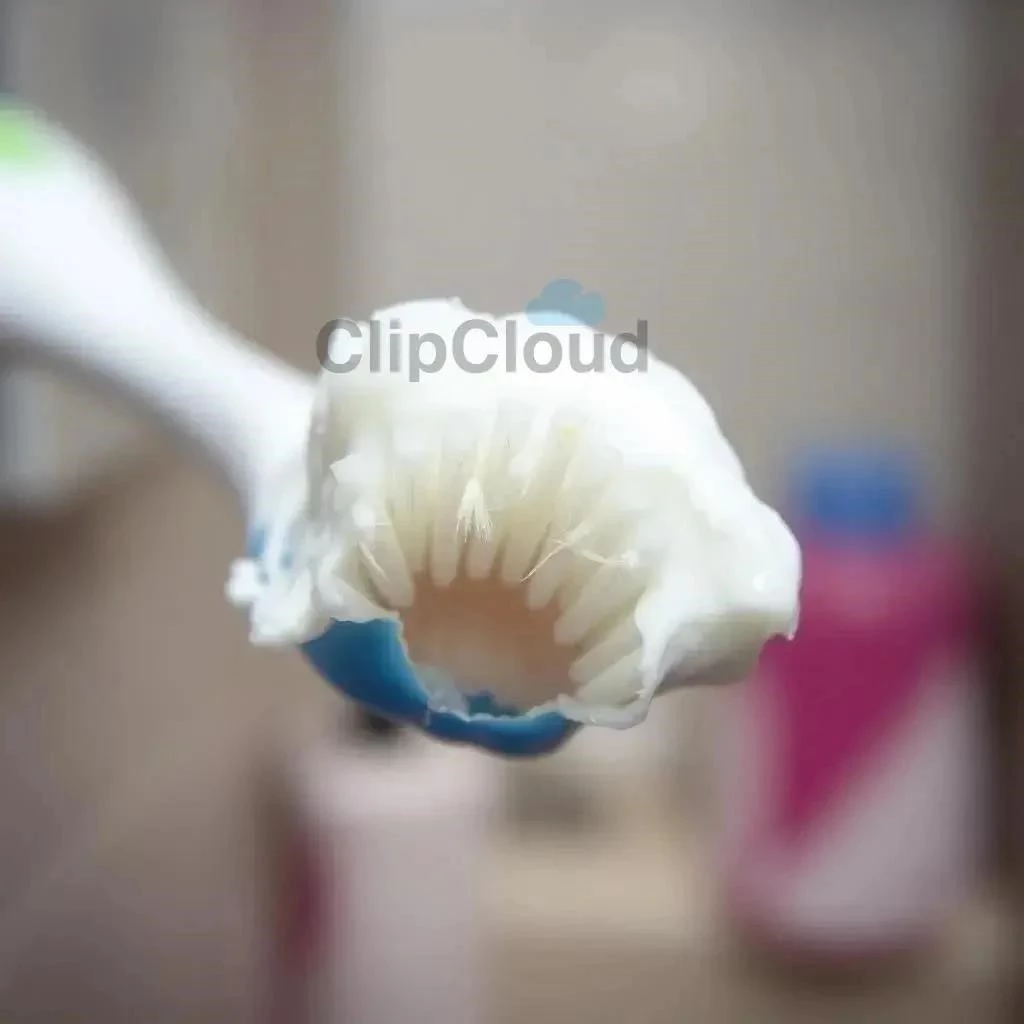Effective estate management is crucial for property owners seeking to maximize the value of their assets, ensure long-term financial security, and minimize potential legal complications. It encompasses a wide range of activities, from maintaining property values and overseeing finances to planning for future generations. Neglecting proper estate management can lead to significant losses, disputes among heirs, and unnecessary tax burdens. Therefore, understanding and implementing sound strategies for estate management is paramount for all property owners.
Understanding the Scope of Estate Management
Estate management involves more than just paying bills and collecting rent. It’s a comprehensive approach to handling all aspects of your property, including:
- Financial Management: Budgeting, accounting, tax planning, and investment management.
- Property Maintenance: Ensuring the physical upkeep of the property, including repairs, landscaping, and security.
- Legal Compliance: Adhering to all applicable laws and regulations, such as landlord-tenant laws and environmental regulations.
- Tenant Relations: Managing relationships with tenants, including screening, lease agreements, and conflict resolution.
- Succession Planning: Planning for the transfer of ownership and management responsibilities to future generations.
Key Benefits of Proactive Estate Management
Implementing a proactive estate management strategy offers numerous advantages:
Maximizing Property Value
Regular maintenance and strategic improvements can significantly increase the value of your property. Well-maintained properties attract higher rents and command higher sale prices.
Ensuring Financial Security
Effective financial management helps you track income and expenses, optimize tax liabilities, and make informed investment decisions, leading to greater financial security.
Minimizing Legal Risks
Staying compliant with all applicable laws and regulations reduces the risk of costly lawsuits and penalties.
Streamlining Operations
Implementing efficient processes for managing tenants, collecting rent, and handling maintenance requests saves time and reduces stress.
Facilitating Succession Planning
A well-defined succession plan ensures a smooth transition of ownership and management responsibilities to future generations, minimizing potential conflicts.
Choosing the Right Estate Management Approach
Property owners have several options for managing their estates:
- Self-Management: Handling all aspects of estate management independently. This option requires significant time and expertise.
- Professional Estate Management: Hiring a professional estate management company to handle all or some aspects of estate management. This option provides expertise and frees up your time.
- Hybrid Approach: Combining self-management with professional assistance for specific tasks, such as accounting or legal compliance.
The best approach depends on your individual circumstances, including the size and complexity of your estate, your available time and expertise, and your financial resources. Carefully consider the pros and cons of each option before making a decision.
Ultimately, the goal of estate management is to protect and enhance the value of your property, ensuring its long-term financial security and minimizing potential risks. By implementing a proactive and well-planned strategy, you can maximize the benefits of ownership for yourself and future generations. For property owners aiming to secure their financial future, investing time and resources into thoughtful estate management is vital.
Here’s the continuation of the text in an interrogative style, incorporating HTML tags:
Frequently Asked Questions About Estate Management
So, you’re considering implementing a more robust estate management plan, but unsure where to begin? Are you wondering if your current approach is truly maximizing your property’s potential? Perhaps you’re questioning whether you’re adequately prepared for unexpected maintenance issues or changes in tenancy? Let’s delve into some common questions that property owners often grapple with:
Financial Considerations
- Are you accurately tracking all income and expenses related to your property?
- Have you explored all available tax deductions and credits to minimize your tax burden?
- Are you investing strategically to maximize the long-term growth of your estate?
- Could a professional financial advisor provide insights into optimizing your portfolio?
- Are you prepared for unexpected capital expenditures, like a roof replacement or major appliance repair?
Property Maintenance & Legal Compliance
- Are you conducting regular property inspections to identify and address potential issues proactively?
- Are you adhering to all local, state, and federal laws related to property ownership and management?
- Do your lease agreements adequately protect your interests and outline clear responsibilities for both you and your tenants?
- Are you familiar with fair housing laws and ensuring that your tenant screening process is non-discriminatory?
- Have you established a system for promptly addressing tenant complaints and maintenance requests?
Succession Planning & Future Considerations
- Have you created a will or trust to ensure the smooth transfer of your property to your heirs?
- Have you discussed your estate management plans with your family members and key stakeholders?
- Are you prepared for potential changes in market conditions or economic downturns?
- Have you considered the potential impact of long-term care needs on your estate?
- Are you regularly reviewing and updating your estate plan to reflect changes in your life and circumstances?
Answering these questions honestly and thoroughly is the first step towards developing an effective estate management strategy. Are you ready to take control of your property’s future and ensure its lasting legacy? By seeking expert advice and implementing a comprehensive plan, are you not setting yourself up for long-term success and peace of mind?






